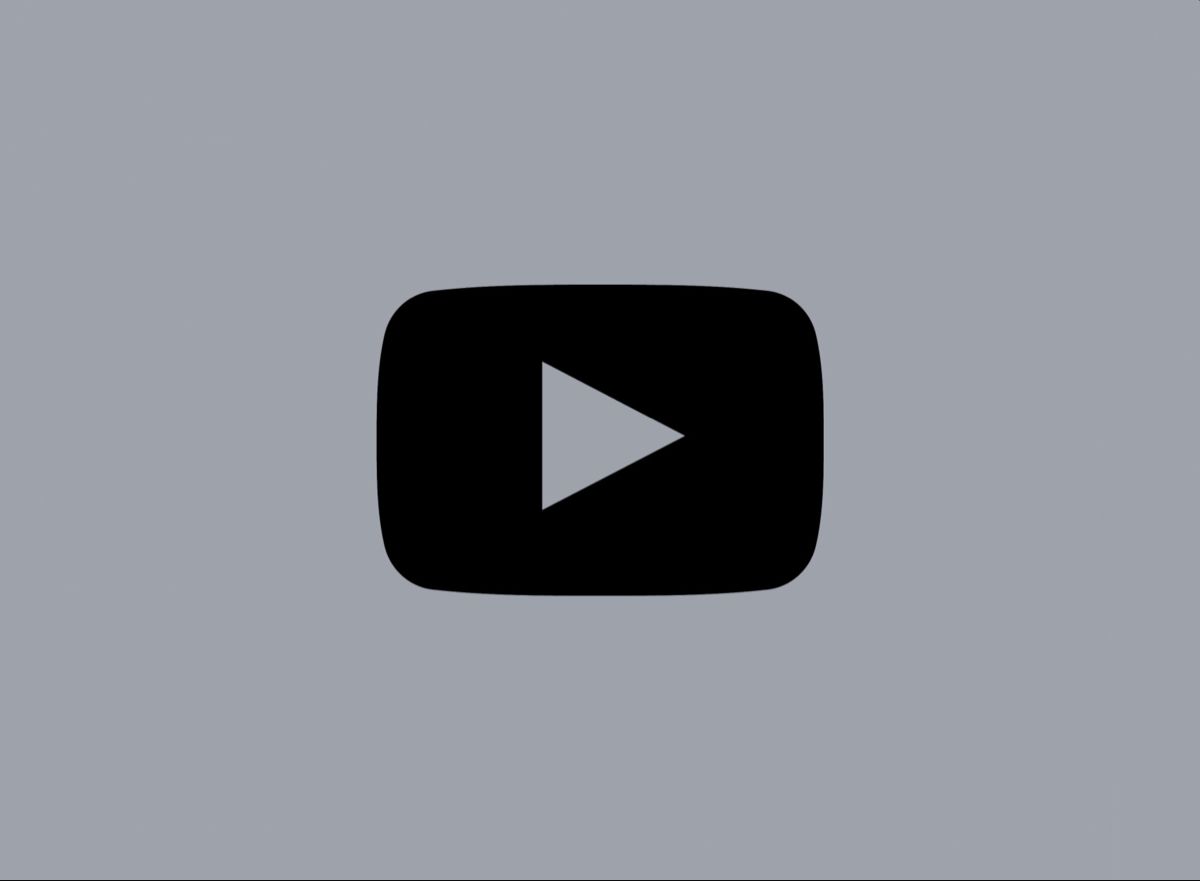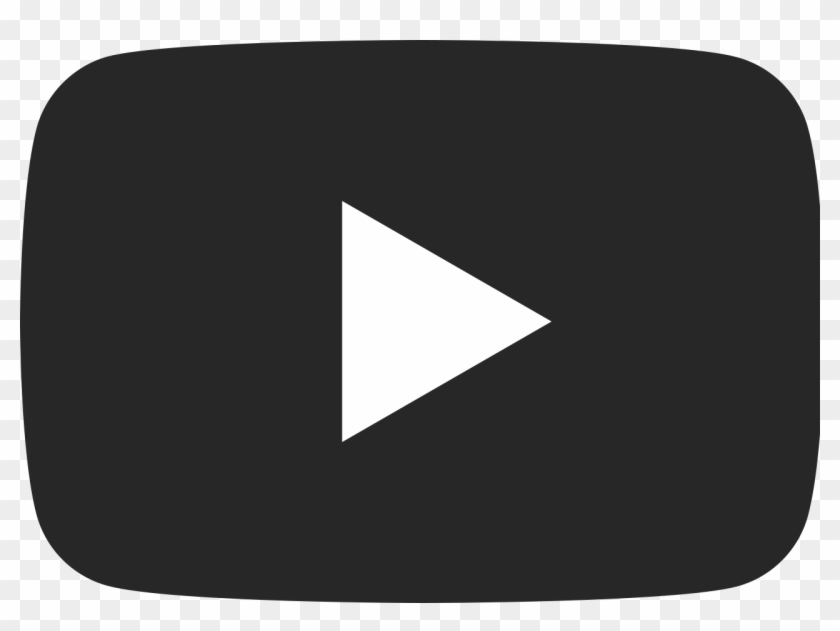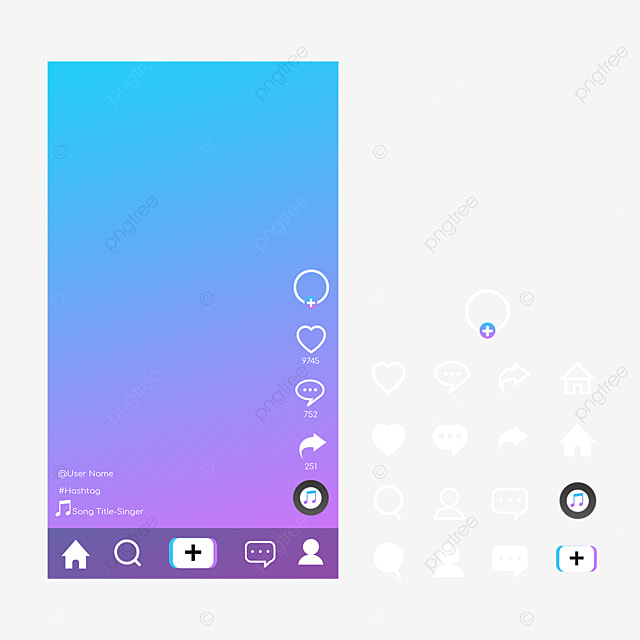YouTube's interface has come a long way since its inception in 2005. With millions of videos uploaded daily, the platform continues to evolve, constantly enhancing user experience. The layout is designed to be intuitive, providing easy navigation and access to content. Whether you are a casual viewer, a creator, or a marketer, understanding YouTube's interface is essential for maximizing engagement and viewer satisfaction. Let's dive into one particular aspect of this interface that's often overlooked: the grey line.
What is the Grey Line?

The grey line on YouTube’s interface is an often-ignored yet significant feature that serves as a visual guide for users. This thin strip usually appears at the bottom of the video player and can have several implications for both viewers and content creators.
- Visual Separation: The grey line effectively separates the video content from the related elements, such as video controls and descriptions. It creates a clean and organized aesthetic, making it easier for viewers to focus on the video itself.
- Player Controls: The grey line often accompanies the controls at the bottom of the video, including the play/pause button, volume control, and full-screen option. This ensures that you can easily manage your viewing experience without distractions.
- Playback Progress: Below the grey line, the progress bar indicates how far you’ve watched the video. It allows you to easily track your viewing time and navigate to specific sections, which is particularly useful for longer videos.
- Additional Information: When hovering over the grey line, you might notice pop-up information like suggestions for similar videos or insights about the current video, enhancing user experience.
In summary, the grey line may seem minor but plays a crucial role in organizing your viewing experience on YouTube, making it worth understanding as you navigate the platform. It’s an essential part of the interface that contributes to user engagement and content discovery.
Significance of the Grey Line

The grey line on YouTube's interface may seem like just another design element, but its significance goes much deeper. At first glance, it’s easy to overlook, yet this seemingly simple line plays an important role in how users interact with the platform.
First and foremost, the grey line acts as a visual separator. It helps to delineate sections within the page, providing a clearer distinction between different types of content. This organization is key in a platform as vast as YouTube, allowing users to focus on what they’re interested in without feeling overwhelmed by the amount of information presented.
Additionally, the grey line enhances the overall aesthetic appeal of the interface. A clean and organized layout is crucial for retaining users’ attention, and the grey line contributes to a more polished look. Here are a few notable points about its significance:
- Visual Clarity: It helps users navigate the site easily.
- Design Cohesion: Contributes to a unified interface aesthetic.
- User Engagement: Facilitates discovery of new content by guiding user attention.
All in all, the grey line might be just one aspect of the Youtube interface, but its role in enhancing clarity, aesthetics, and user engagement cannot be overstated.
How the Grey Line Impacts User Experience

The grey line on YouTube's interface isn't just there for decoration; it plays a vital role in shaping user experience. It influences how users perceive content and interact with the platform, often without them even realizing it.
For starters, the grey line provides a sense of order. When users scroll through countless videos, the line helps compartmentalize information, making it easier to absorb. This organization reduces cognitive load, allowing users to focus more on the content they enjoy. Here’s how it impacts user experience:
| Aspect | Impact |
|---|---|
| Navigation | Users can navigate easily between sections and types of content. |
| Content Discovery | The separator draws attention to new videos or recommended content. |
| User Engagement | A clearer layout encourages users to spend more time exploring. |
Moreover, the grey line contributes to building a more enjoyable and frustration-free browsing experience. A simple visual cue can make a world of difference, steering users toward engaging with more content. Ultimately, the grey line is more than just a functional element; it significantly enhances the overall user experience on YouTube.
Common Misconceptions about the Grey Line
When it comes to YouTube's grey line, there are plenty of misconceptions floating around that can lead to confusion for both creators and viewers. Let’s break down some of these common myths!
- Myth 1: The Grey Line Shows Video Quality. Many people believe that the width of the grey line indicates the quality of the video being streamed. In actuality, it represents the buffering status. The grey line indicates how much of the video has been preloaded, not its resolution.
- Myth 2: Longer Grey Lines Mean Better Streaming. You might think that a longer grey line means a better streaming experience. However, this is misleading. A longer line can sometimes point to slower internet speeds, meaning that your video is buffering more than it should.
- Myth 3: The Grey Line Can Be Ignored. Some folks may think the grey line is just a visual distraction you can tune out. On the contrary, it’s a helpful indicator that can assist you in managing your viewing experience—highlighting not only buffering but also how long a video you have left to watch!
- Myth 4: All Platforms Display the Grey Line the Same Way. Viewers often assume that all video platforms use similar indicators. YouTube’s grey line is unique to its interface, and other platforms may use different formats or symbols, which can lead to further confusion.
Understanding these misconceptions will boost your YouTube navigation skills and give you a smoother overall experience!
Conclusion: Navigating YouTube More Effectively
Now that we've taken a closer look at the grey line on YouTube’s interface, you’re likely better equipped to navigate the platform with ease. Understanding this subtle feature can significantly enhance your viewing experience. Here are some quick takeaways to help you:
- Keep an Eye on the Grey Line: Always check this indicator to gauge buffering and loading times. It’s your visual cue for how much of the video is ready to be watched.
- Adjust Your Settings: If you find that the grey line frequently leads to buffering, consider lowering the video quality in your settings. This often improves playback on slower connections.
- Be Aware of Your Internet Speed: Remember that the effectiveness of the grey line is directly linked to your internet speed. Keep your connection stable for optimal viewing.
- Don’t Forget the Help Section: If things get too confusing, YouTube has a comprehensive help section where you can find more information about interface elements like the grey line.
With this knowledge in hand, you can enjoy YouTube in a more informed and enjoyable way. Happy watching!
 admin
admin








